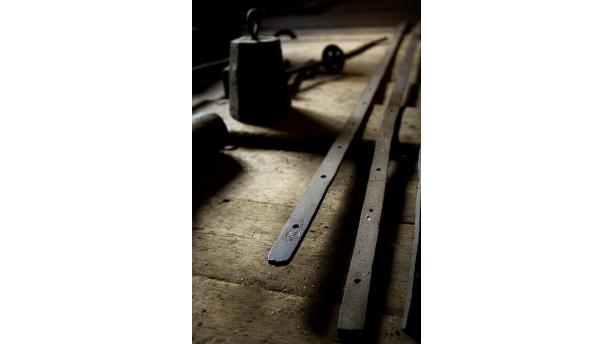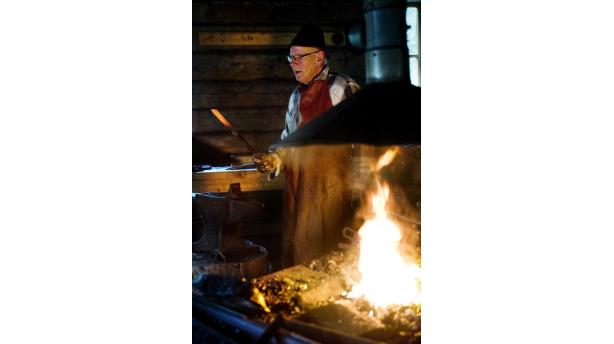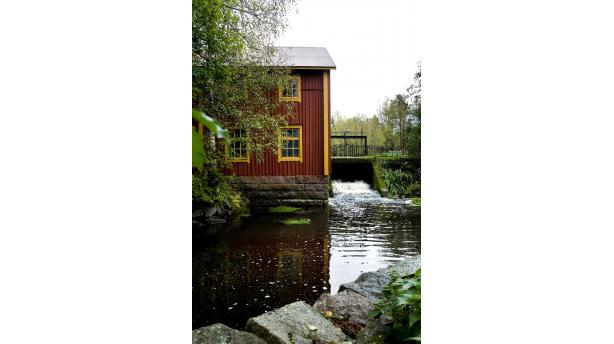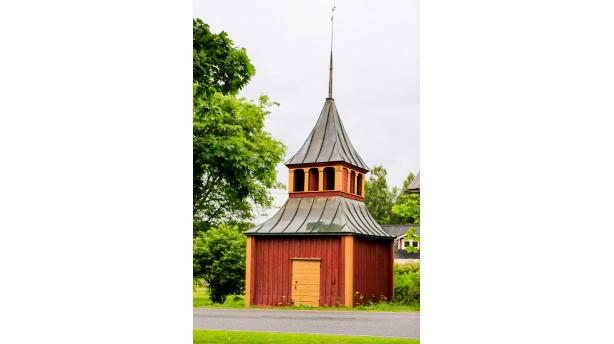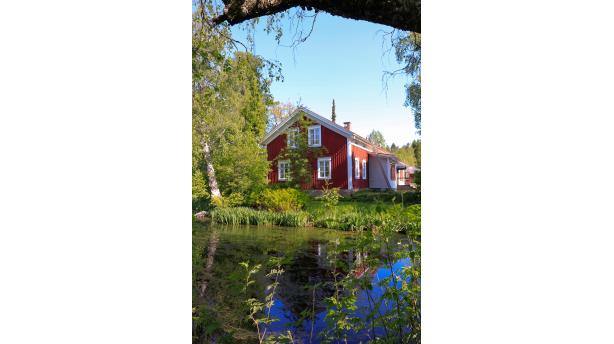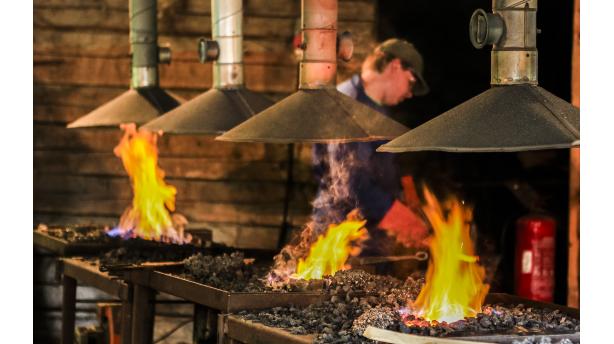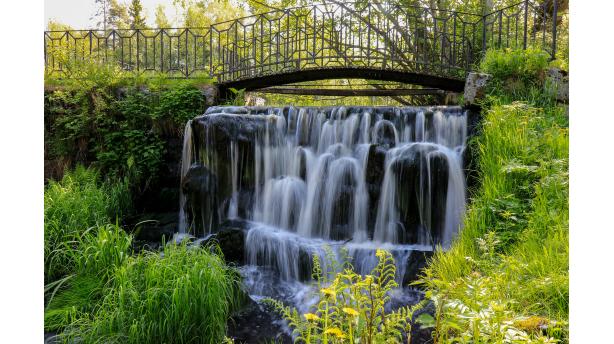Museum A-Ö » Rural life and craft » Kimo Ironworks
Kimo Ironworks








Did you know...
A heavy pig iron was transported to the area in the middle of the 18th century for the distance of 10 km along the shallow river with a pram pulled by horses.
The Kimo Ironworks is the only ironworks museum in Ostrobothnia. The three hundred years old art of forgery is being taught here by one generation to the next with the help of courses and all-day presentations. In the beautiful leafy landscape of dams, rapids and bridges one can explore epochs in history among the 18th century buildings, such as an ironworks estate, a steeple and the ruins of a tilt smithy.
The museum is located in an iron magazine dating back to 1763. On display there are scale models of the 18th century Kimo ironworks and hammer smithy, atmospheric pictures depicting work on the ironworks, and diverse items and tools associated with processing of iron, such as a smith’s diploma from the Bergskollegiet school in Stockholm, and tomb crosses forged by smiths, including also their own ones.The Kimo Ironworks is one of the oldest factories in Finland. It was established by the Swedish-German Peter Heijke in 1703. Kimo was especially suitable for iron manufacturing, as there was fuel i.e. forests producing charcoal and rapids providing hydropower as well as a harbour nearby. The harbour was particularly important, because the iron ore was shipped to the ironworks with skutas from Sweden. The beginning of the ironworks was, however, not rosy as it was destroyed by Russian troops during the Greater Wrath in 1714. A new blast furnace was built in the 1730s, and it was placed lower on the riverside, closer to the harbour. The ore was melted into pig iron, a certain kind of crude iron, with the help of charcoal and limestone in the blast furnace. The pig iron was shipped to the ironworks area about 10 km up the river, and in the ironworks the forgers processed it into for example tilt and nails. As a by-product of pig iron were obtained blue-green cinder stones, that can still today be seen in the filling of house foundations.
The owners of the ironworks always resided elsewhere, therefore there is no stately main building in the Kimo Ironworks. Estate managers tended the ironworks, and the smiths came in the beginning of the 18th century from Swedish or other Finnish ironworks. The heyday of the ironworks was between the years 1780 and 1806, when the Kimo Ironworks was among the largest in Finland. New smithies were being built and the pig iron marked with the label KB gained reputation for its good quality.
Industrial and technical changes brought down the handicraft ironworks at the end of the 19th century. Other forms of activity, however, emerged for the Kimo Ironworks, and it was turned into a sawmill. The rapids of the Kimo river were utilized since 1922 for rotating the turbines producing power.
One of the high points of the summer is the annual forgery day arranged on the first weekend of July. In the programme then are for instance an old time market, forgery presentations, old time games, coffee and food, guidances and music. In the summer and autumn forgery courses are arranged in the ironworks, and during summer weekends on the area can be seen smiths in their work. Take the opportunity and combine old and new in the museum’s modern art gallery or on the annual summer trips made by veteran car enthusiasts and motorcyclists to the Kimo Ironworks.

